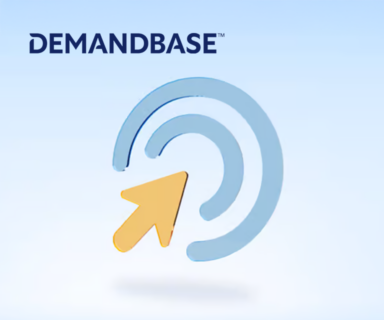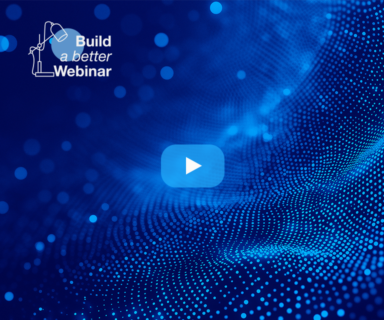 B2B buyers have come to expect personalization at every touchpoint – 76% of buyers say they expect more personalized attention from marketers and salespeople based on their specific needs. Personalization is clearly a powerful way to engage buyers but developing real personalized content at scale is where many marketers fall short.
B2B buyers have come to expect personalization at every touchpoint – 76% of buyers say they expect more personalized attention from marketers and salespeople based on their specific needs. Personalization is clearly a powerful way to engage buyers but developing real personalized content at scale is where many marketers fall short.
It is unrealistic to think that technology marketing teams have the time and resources to provide 1:1 personalization to every buyer, at every interaction, but we all should strive to get as close as we can. With this in mind, the following is a 4-step approach that allows marketers to improve their ability to create personalized content, regardless of team size or budget.
#1 – Personalize for the Buying Cycle
Personalization is most effective when integrated throughout the buyer experience. To optimize your buyers’ experience, lay out a strategy for when, how and where you will include personalized content. Start by matching your current content to the buyer’s journey and identify gaps where content is missing. This will help you understand where personalized content can have the greatest impact so you can spend time where it counts.
#2 – Personalization Starts With “Persona” – But Doesn’t End with It
A few years ago, I was developing an account-based marketing (ABM) campaign for a client and had planned outreach across a variety of assets. To truly customize these assets, I needed more clarity into individual buyer concerns, business challenges and interests. In talking with sales and marketing stakeholders it was clear we didn’t have these insights.
Given timelines, we would need to build this campaign using broader, title-based personas. Based on these persona assumptions, I developed content and messaging that would provide the most value to each account. Not surprisingly, campaign engagement didn’t live up to its potential.
Marketing and sales need to align early on to identify buyer personas that are specific to the business, based on the real people who are making decisions. To get this insight, you can start by examining historical closed/won opportunities and then updating with current behavior. Once accurate personas are created, they can be carried through to personalization initiatives, including developing content that is both customized and valuable.
#3 – Make Data Work for You
As I learned in the above example, you cannot effectively personalize without the right insights and data. Intent data is a particularly helpful source of insight into what your buyers care about.
Intent data can tell you the topics and level of frequency your buyers are researching. When leveraged effectively, this data can illuminate what content buyers need, when they need it. With this information in hand, you can confidently determine and deliver assets that speak to buyers’ individual problems and help them find solutions.
#4 – Scale for Success
Personalization takes time and effort. When done well it captures buyers’ attention by providing the right information at the right time. Intent data can help marketers prioritize accounts by capturing account activity and gauge the level of purchasing interest. When you know which accounts are most receptive and in need of your solution you can better scale personalization efforts and amplify impact.
Taking it a step further, when you have this insight into your buyers, you can build out a personalized customer experience for each of your personas. This establishes a framework you can employ as you scale, saving time to focus on content.
By incorporating better strategy and data into personalization, marketers can offer a more valuable experience for buyers to ease their decision-making. To learn more about how real intent data from TechTarget Priority Engine can help you accomplish this, click here.
Watch out for the third and final installment of this series exploring the challenge of limited resources in content marketing.



